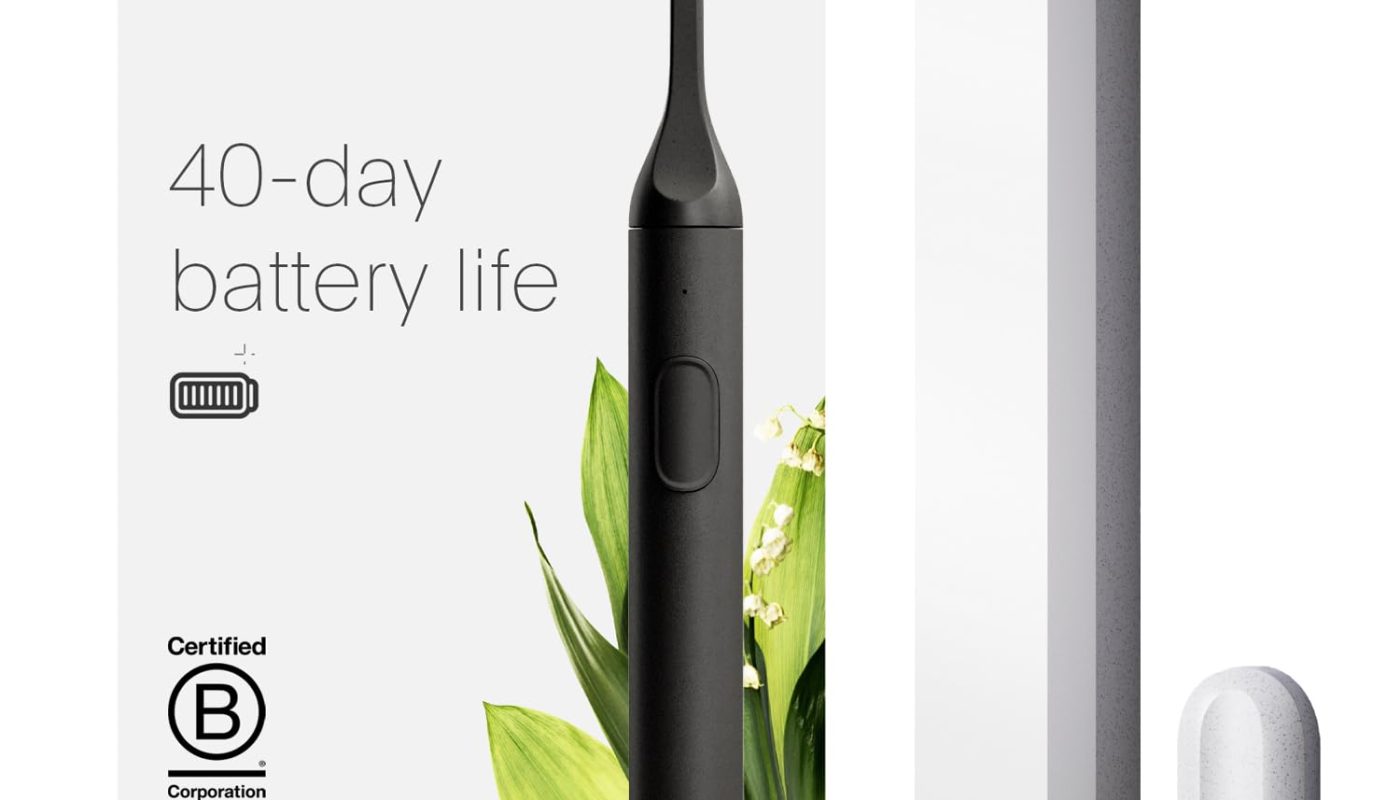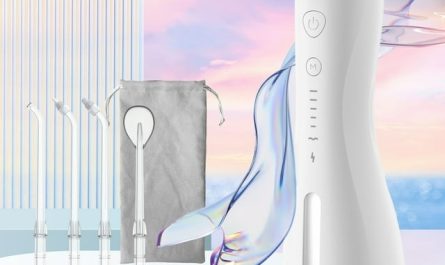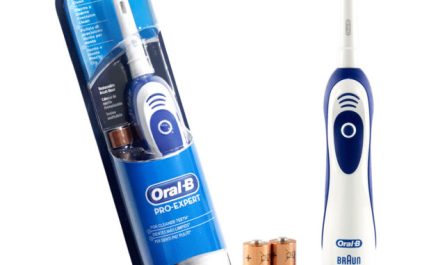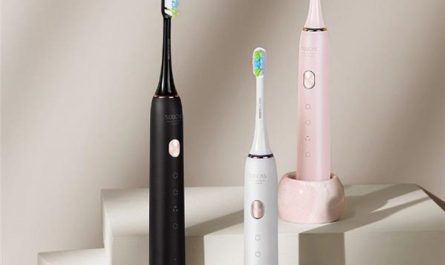Introduction:
Electric toothbrushes have become increasingly popular due to their efficiency and ease of use. Understanding the lifespan of an electric toothbrush can help you maintain optimal oral hygiene and make informed purchasing decisions. This comprehensive guide explores factors affecting the longevity of electric toothbrushes, signs it’s time for a replacement, maintenance tips, and other considerations.

How Long Does an Electric Toothbrush Last?
Standard Lifespan of an Electric Toothbrush
The lifespan of an electric toothbrush typically varies depending on the quality and brand, but on average, you can expect it to last between 3 to 5 years.
General Longevity: Most electric toothbrushes are designed to last around 3 to 5 years with proper care and usage. High-quality brands and models often have a more extended lifespan compared to budget options.
Battery Life: The built-in rechargeable battery in an electric toothbrush can significantly influence its lifespan. Generally, the battery can last between 2 to 3 years before starting to degrade. Some high-end models offer replaceable batteries, which can extend the overall lifespan.
Mechanical Wear: The motor and mechanical components of an electric toothbrush can wear out over time. Regular maintenance and proper handling can mitigate wear and tear, allowing the device to last longer.
Factors Affecting Electric Toothbrush Lifespan
Several factors can impact how long your electric toothbrush remains functional. Understanding these factors can help you optimize the lifespan of your device.
Usage Frequency: The more frequently you use your electric toothbrush, the faster its components and battery may wear out. Brushing twice daily is standard, but excessive usage might reduce lifespan.
Charging Practices: Proper charging habits can extend battery life. Avoid overcharging the toothbrush, and consider letting the battery drain completely before recharging occasionally. This practice can help maintain battery health.
Water Exposure: Electric toothbrushes are designed to withstand moisture, but excessive water exposure can shorten their lifespan. Avoid submerging the toothbrush in water or exposing it to high-pressure water jets.
Storage Conditions: Storing your electric toothbrush in a dry, cool place can prevent moisture build-up and mechanical damage. Avoid storing it in places with extreme temperatures or high humidity.
Quality and Brand: High-quality electric toothbrushes from reputable brands tend to have a longer lifespan. These models often include better batteries, robust materials, and more reliable internal components.
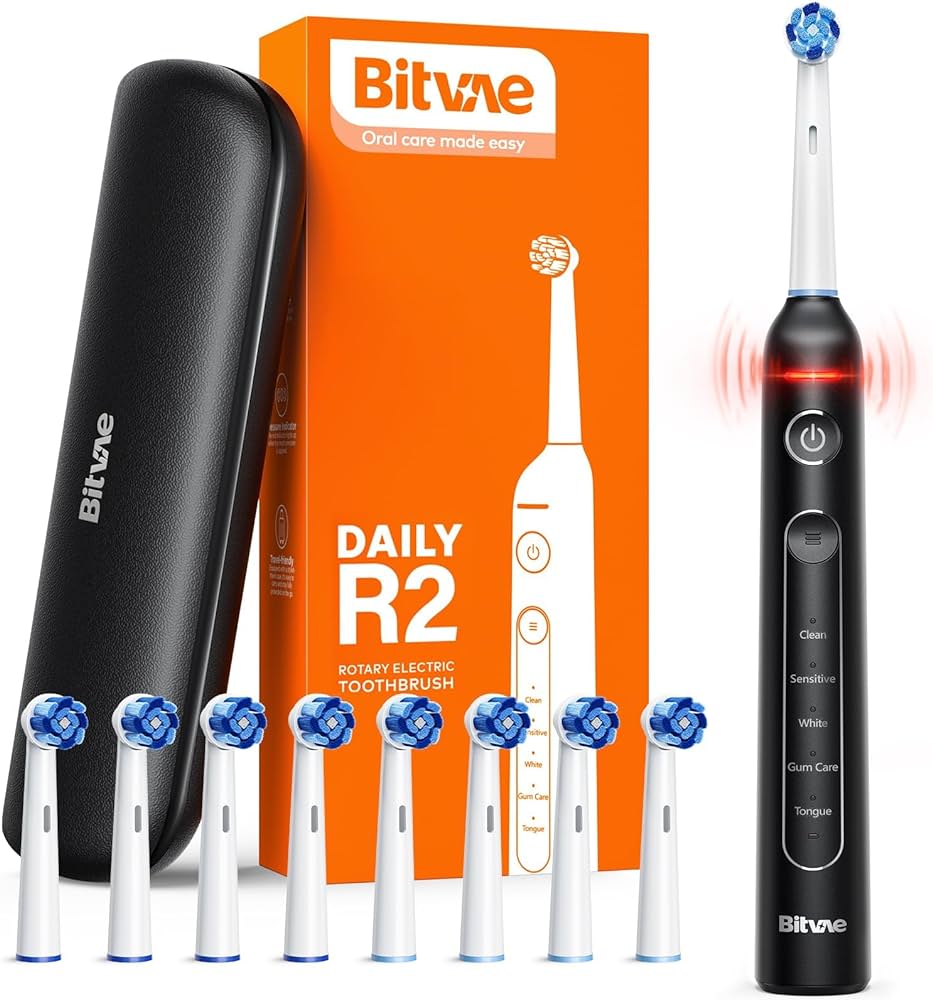
Signs It’s Time to Replace Your Electric Toothbrush
Recognizing the signs that indicate it’s time to replace your electric toothbrush can help ensure you maintain effective oral hygiene.
Battery Life Decline: If your electric toothbrush’s battery starts to hold a charge for significantly less time, it may be time for a replacement. Charging more frequently or the battery dying quickly are clear indicators.
Reduced Performance: A decline in the motor performance, such as less effective brushing action or increased noise levels, suggests that the mechanical components are wearing out.
Physical Wear and Tear: Visible damage to the toothbrush handle, charging base, or bristles indicates it’s time to replace the toothbrush. Cracks, broken parts, or worn-out materials can affect hygiene and safety.
Inconsistent Operation: If the toothbrush frequently stops working, powers on and off unexpectedly, or doesn’t respond to controls, it’s likely nearing the end of its lifespan.
Unpleasant Odor: Persistent unpleasant odors might indicate mold or bacteria build-up inside the toothbrush, which is difficult to clean thoroughly. In such cases, replacing the toothbrush is advisable.
Maintenance Tips to Extend Lifespan
Proper maintenance can significantly extend the lifespan of your electric toothbrush, ensuring it remains effective and reliable.
Regular Cleaning: After each use, rinse the toothbrush head thoroughly under running water to remove toothpaste and debris. Clean the handle with a damp cloth weekly to avoid build-up.
Proper Storage: Store your electric toothbrush upright in a well-ventilated space to allow it to air dry completely. Avoid using closed storage containers, which can trap moisture and promote mold growth.
Check and Replace Brush Heads: Replace the toothbrush head every 3 months or sooner if bristles are frayed. Using worn-out brush heads can reduce cleaning effectiveness and strain the motor.
Avoid Dropping: Handle the toothbrush with care to avoid drops or impacts that can damage internal components. Dropped toothbrushes can suffer from mechanical and battery issues.
Battery Care: Follow the manufacturer’s instructions for charging. Avoid overcharging and periodically allow the battery to drain fully to optimize battery life.
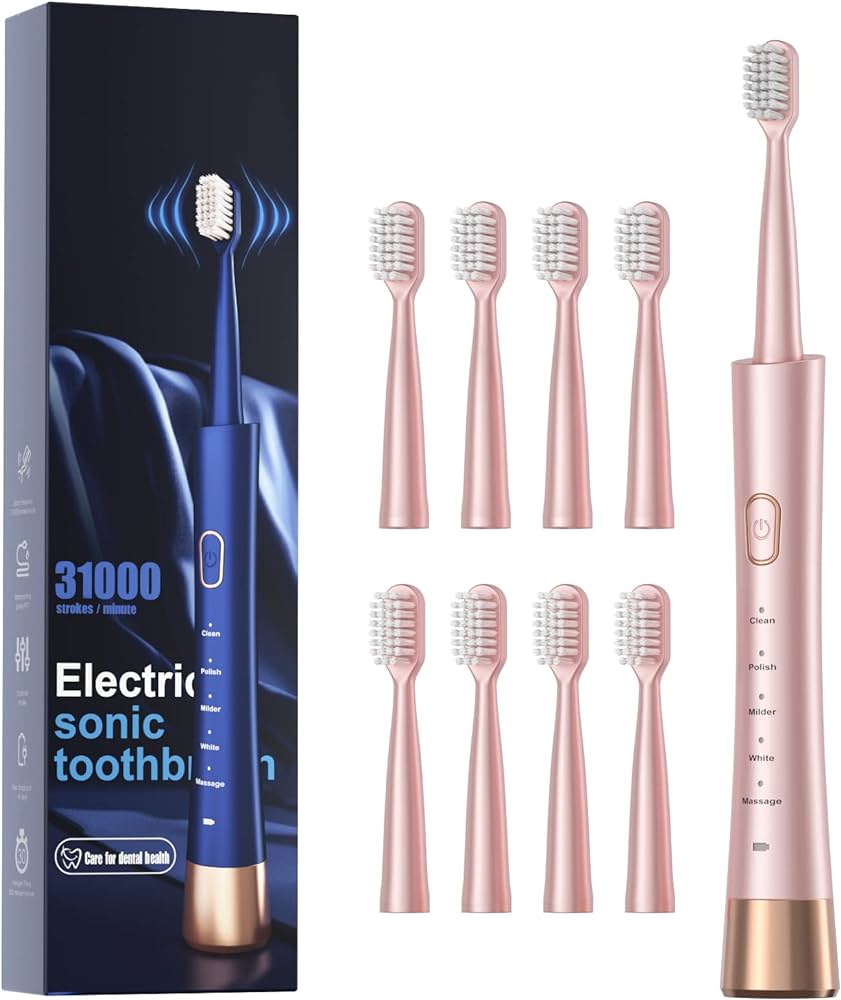
Different Types of Electric Toothbrushes
Different models and types of electric toothbrushes may have varying lifespans and features. Understanding these differences can help in selecting and maintaining your toothbrush.
Rechargeable Toothbrushes: Rechargeable electric toothbrushes generally offer a longer lifespan, many functionalities, and replaceable brush heads. They are cost-effective in the long run despite the higher initial investment.
Battery-Powered Toothbrushes: Battery-powered toothbrushes use disposable batteries, which may need frequent replacement. These models can be less durable and more costly over time due to the need for regular battery purchases.
Sonic and Oscillating Models: Sonic electric toothbrushes use high-frequency vibrations, while oscillating-rotating models use a rotating head. Both types offer effective cleaning, but their maintenance and lifespan might vary based on usage and quality.
Smart Toothbrushes: Smart toothbrushes come with advanced features like Bluetooth connectivity and pressure sensors. While these features enhance the brushing experience, they may also affect the lifespan due to more complex electronics.
Environmental Considerations
Choosing an electric toothbrush has environmental considerations that can impact your decision and usage habits.
Disposable vs. Replaceable Parts: Opt for electric toothbrushes that offer replaceable heads rather than single-use models. This reduces waste and allows you to keep the handle while only replacing the worn parts.
Recycling Programs: Participate in recycling programs for electric toothbrushes and their components. Some brands offer mail-back recycling services to ensure proper disposal.
Sustainable Materials: Consider electric toothbrushes made from sustainable or eco-friendly materials. This minimizes environmental impact and supports responsible manufacturing practices.
Energy Efficiency: Choose models with energy-efficient batteries and charging mechanisms. Efficient energy use can reduce the environmental footprint of your electric toothbrush.
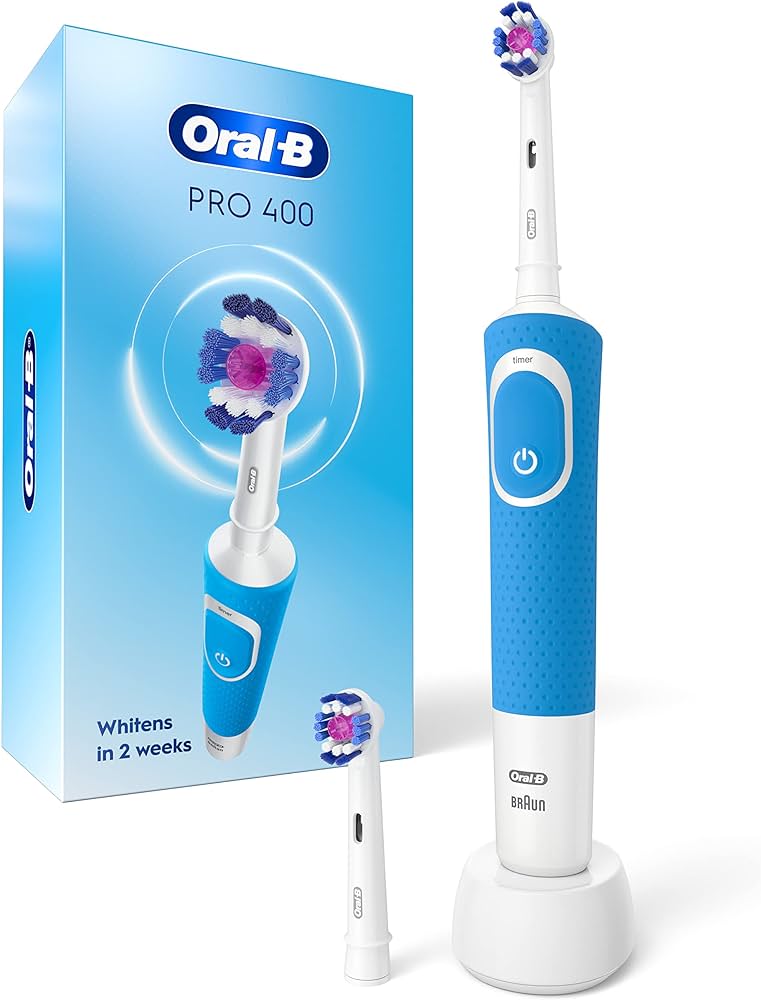
Health and Hygiene Considerations
Maintaining proper hygiene with your electric toothbrush is crucial for both oral health and device longevity.
Bacterial Build-Up: Regularly clean your toothbrush to prevent bacterial build-up. Rinsing thoroughly and allowing it to dry can help maintain hygiene and function.
Cross-Contamination: Avoid sharing your electric toothbrush or brush heads to prevent cross-contamination. Different individuals have different microbiomes, and sharing can lead to infections.
Dentist Recommendations: Consult with your dentist for recommendations on the best type of electric toothbrush suited for your oral health needs. Dentists can provide advice on effective cleaning practices and toothbrush care.
Travel and Hygiene: When traveling, use a protective case to keep your electric toothbrush clean and safe from damage. Ensure it dries properly even when stored in a case.
Cost vs. Longevity
Balancing cost and longevity is crucial when selecting an electric toothbrush. Higher cost often correlates with better quality and extended lifespan.
Initial Investment: High-quality electric toothbrushes typically come with a higher initial cost but offer better durability, advanced features, and longer lifespan.
Long-Term Costs: Consider the long-term costs, including replacement heads, maintenance, and potential repairs. High-end models with replaceable parts might be more cost-effective over time.
Budget Options: While budget-friendly electric toothbrushes might be appealing, they often have shorter lifespans and might require more frequent replacements, resulting in higher long-term costs.
Warranty and Guarantees: Opt for models that come with good warranty options. Warranties can provide peace of mind and cover repairs or replacements if the toothbrush fails prematurely.
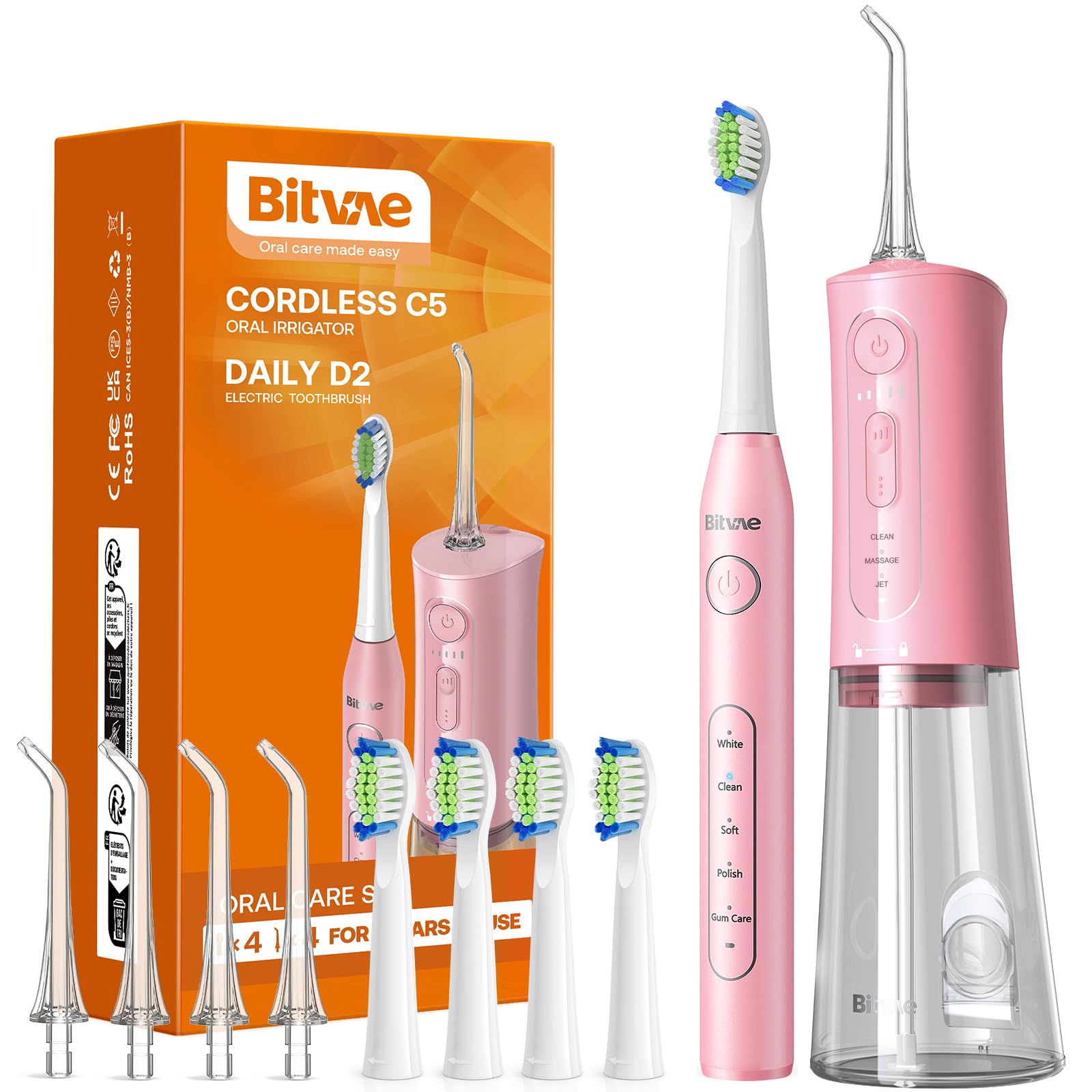
Technological Advancements and Their Impact
Technological advancements in electric toothbrushes can offer enhanced features but might also affect the device’s longevity and maintenance needs.
Smart Features: Bluetooth connectivity, pressure sensors, and app integration provide personalized brushing experiences but also add complexity that might affect the device’s lifespan.
Sophisticated Electronics: Advanced electronic components in high-end toothbrushes can offer superior performance but may require careful handling and maintenance to prevent malfunctions.
Software Updates: Some smart electric toothbrushes receive software updates through their associated apps. Keeping the software up to date can optimize performance but ensure updates don’t inadvertently affect the device negatively.
Energy Management: Modern electric toothbrushes often come with improved energy management, ensuring prolonged battery life and efficient usage. These advancements can extend the overall lifespan of the device.
Innovative Maintenance Accessories
Innovative accessories can assist in prolonging the life of your electric toothbrush and maintaining optimal hygiene.
UV Sanitizers: UV sanitizers specifically designed for toothbrushes use ultraviolet light to kill bacteria and viruses. Regular use can enhance toothbrush hygiene and potentially extend its lifespan.
Charging Stands with Drying Features: Charging stands that also dry the toothbrush help prevent moisture build-up, reducing the risk of mold and bacterial growth. This dual functionality supports both hygiene and longevity.
Travel Cases with Ventilation: Travel cases designed with ventilation slots ensure your toothbrush remains dry and clean during travel. Proper storage prevents damage and maintains hygiene.
Replacement Head Subscriptions: Subscription services for replacement heads ensure timely replacements, maintaining the effectiveness and hygiene of your electric toothbrush.
Concluding Thoughts
Understanding the factors influencing the lifespan of your electric toothbrush enables better maintenance and optimal usage.
Prioritize Quality: Investing in a high-quality electric toothbrush from a reputable brand ensures better durability and performance, offering long-term benefits despite higher initial costs.
Regular Maintenance: Adopting proper maintenance practices—including regular cleaning, correct charging habits, and timely replacement of brush heads—significantly enhances the device’s longevity.
Understanding Indicators: Recognizing the signs of wear and knowing when to replace your electric toothbrush prevents compromised oral hygiene and ensures continued effectiveness.
Balancing Cost and Technological Benefits: Reviewing the cost against the technological features and longevity helps make informed choices, balancing the immediate expenses with long-term benefits.
Ultimately, an electric toothbrush, with the right care and maintenance, can be an excellent tool for maintaining oral hygiene, delivering effective and convenient cleaning while ensuring health and hygiene. This guide provides the insights needed to maximize its lifespan and maintain its efficacy.

